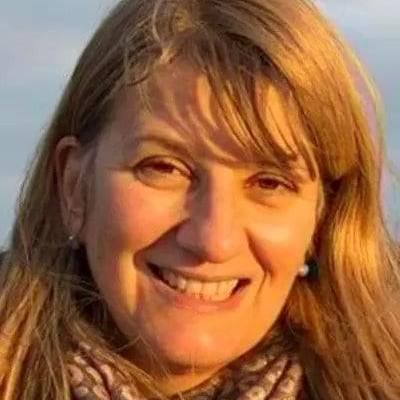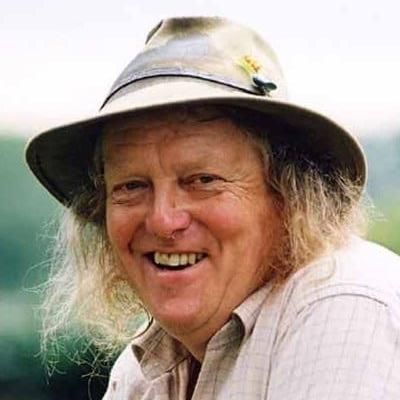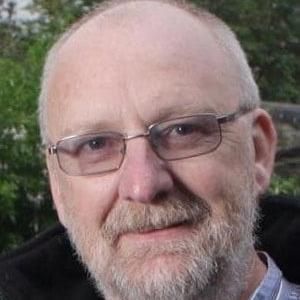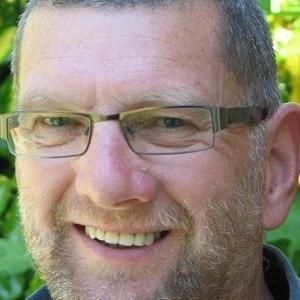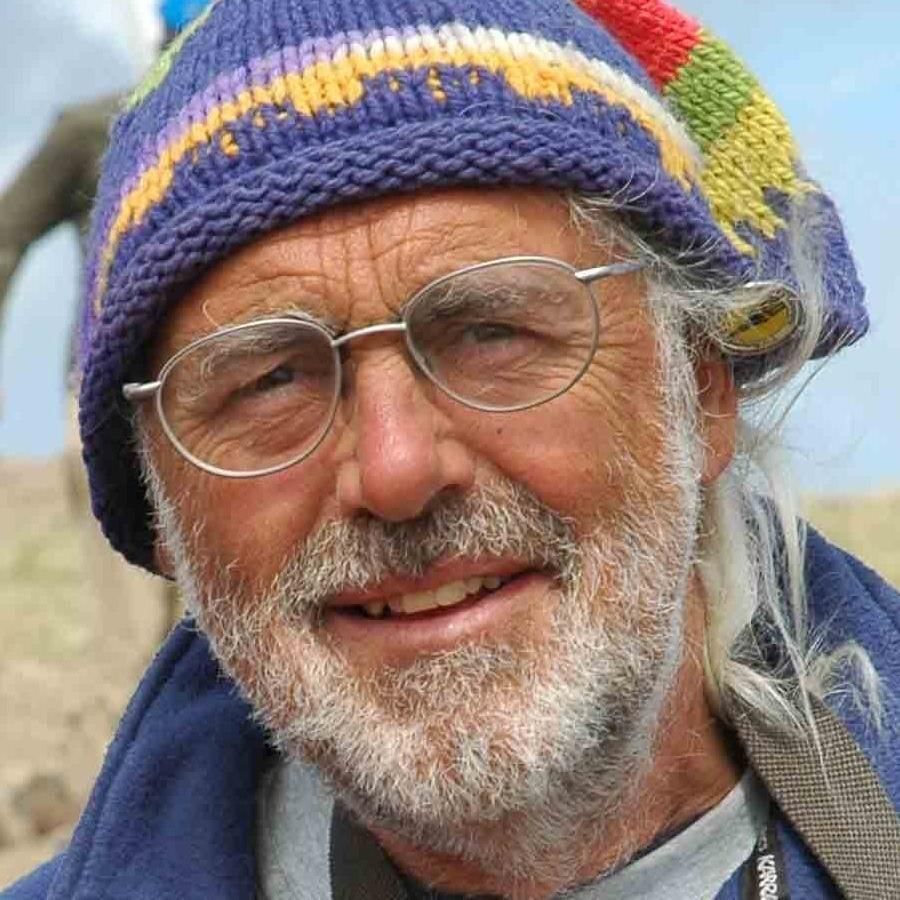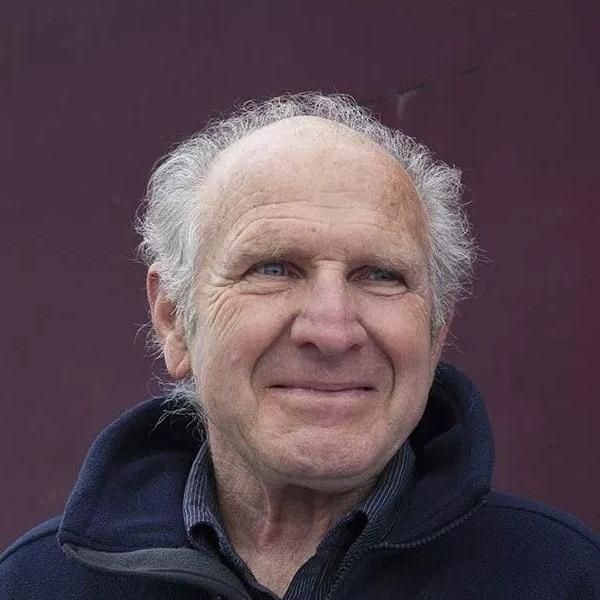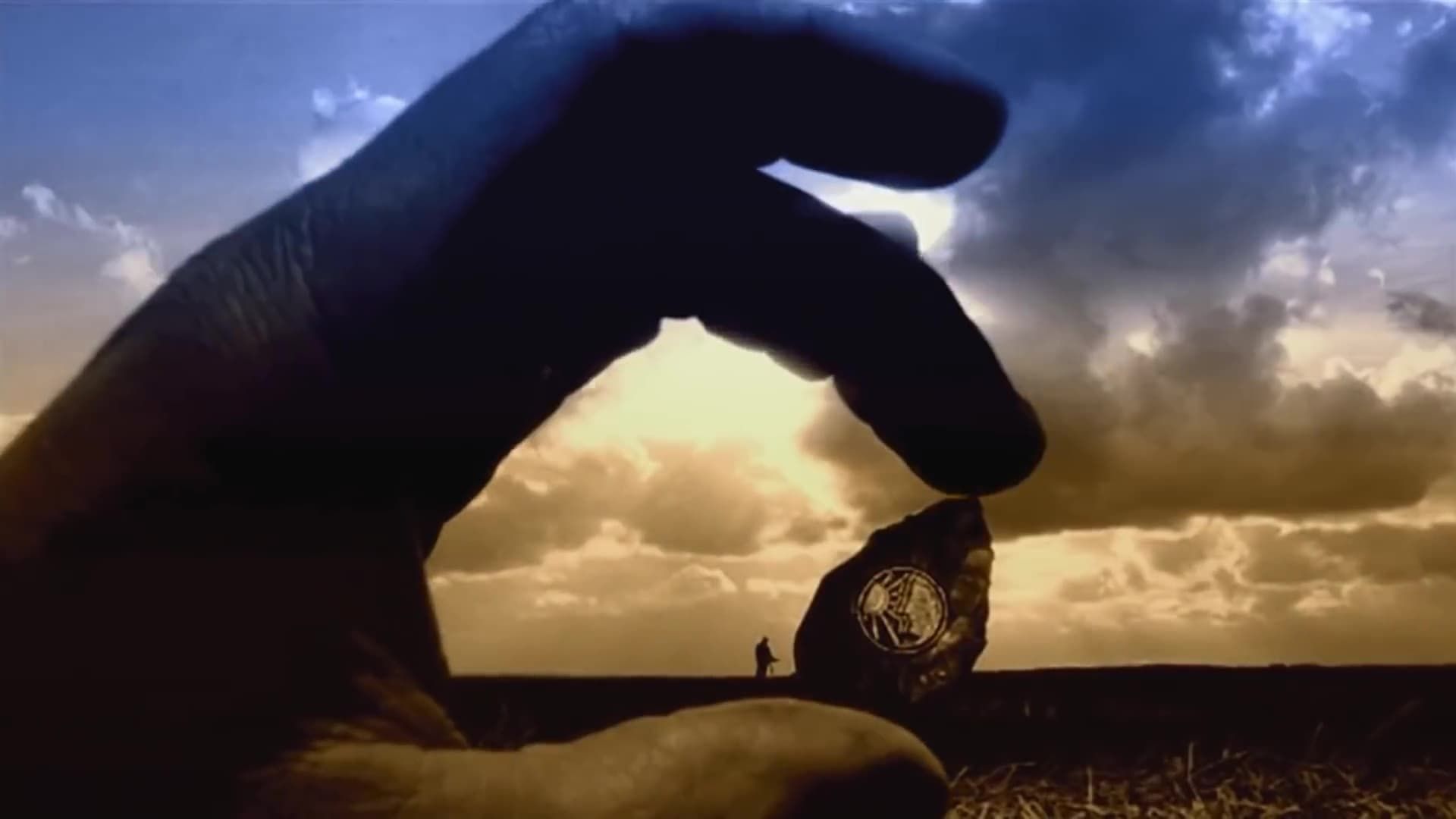
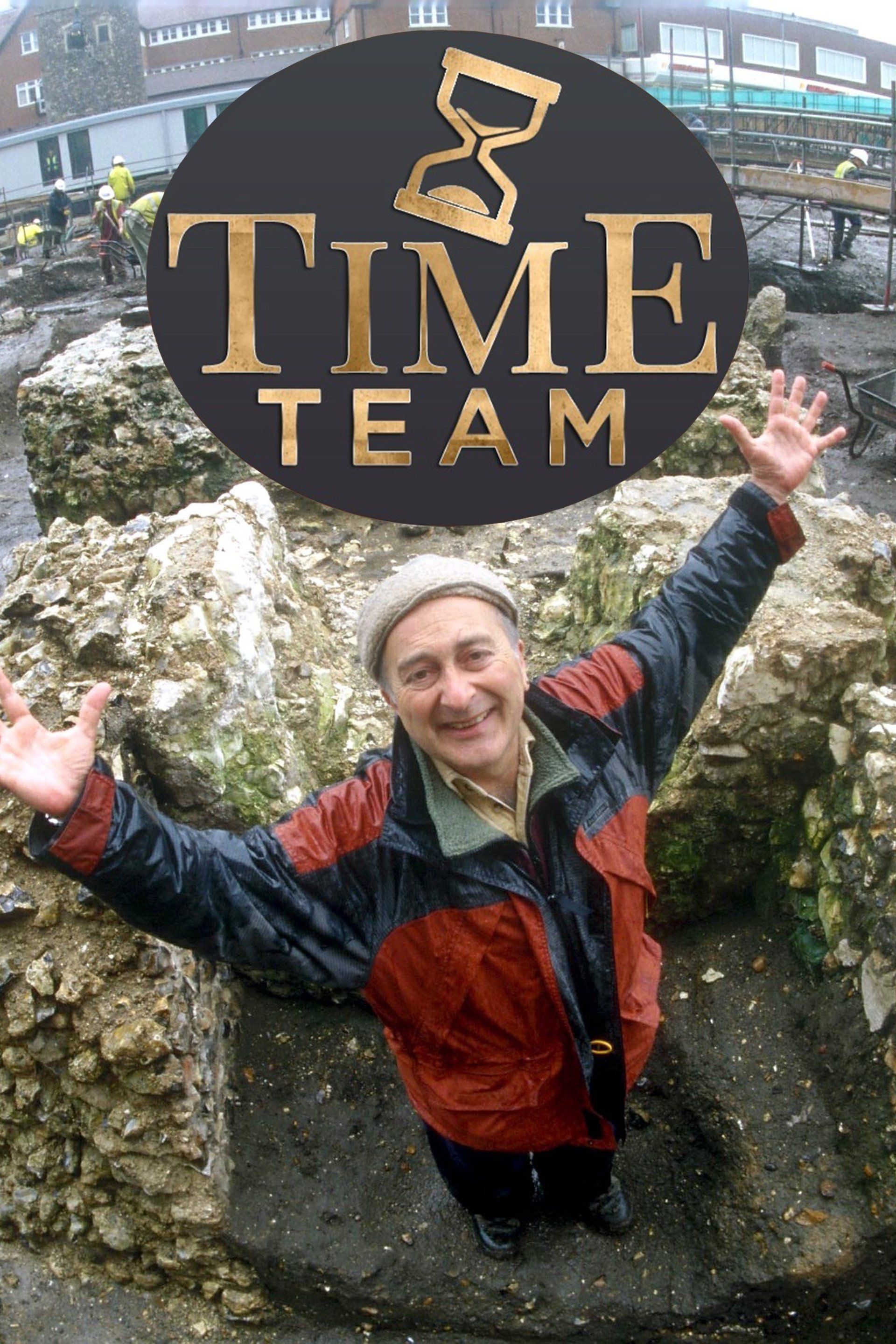
Time Team
Season 10
A group of archaeologists have 3 days to discover historical artifacts in different sites around Britain.
Where to Watch Time Team • Season 10
13 Episodes
- Garden Secrets - Raunds, Northamptonshire
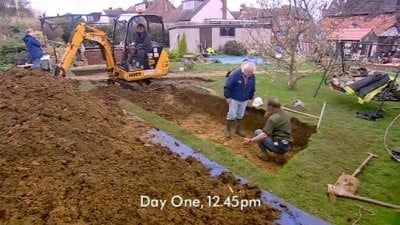 E1
E1Garden Secrets - Raunds, NorthamptonshireTime Team investigates a back garden in Raunds, where a skeleton – aptly named Henry by his discoverer – has been found along with his Anglo-Saxon grave goods. The burial probably fits in with a number of other Saxon sites in the town and is seen in light of these. The team also look carefully at Henry himself, his attributes, anatomy and ailments, and have to tackle several logistical problems in association with excavating in such a constrained area as a garden. However, they also find the opportunity to extend the investigation across the fence to an allotment area behind the gardens. The experimental part of the program looks at various objects and medical remedies found in Anglo-Saxon society, presented by historical reenactors, while Victor recreates the appearance of Henry. In the end the archaeologists do confirm the presence of an Anglo-Saxon cemetery with various pieces of grave goods at the site, probably placed in relation to older Bronze Age burial mounds. - Mosaics, Mosaics, Mosaics - Dinnington, Somerset
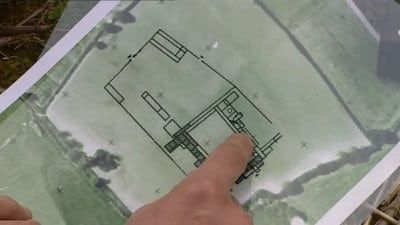 E2
E2Mosaics, Mosaics, Mosaics - Dinnington, SomersetInvited by the land owner's daughter, the team have 3 days to investigate the Roman mosaics found in a field whilst dog walking. The Roman villa turns out to be in the top 20 of Roman buildings in Britain. - Peak District Practices - Carsington, Derbyshire
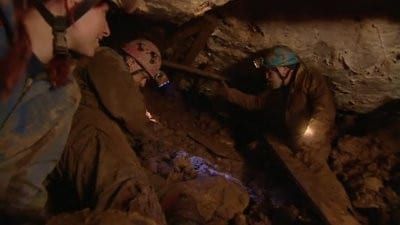 E3
E3Peak District Practices - Carsington, DerbyshirePegasus caving club find human remains underground where they are excavating. The coroner is informed. Four years later the team investigate the cave system, finding prehistoric and Roman evidence. A barrow is also dug. The barrow has been dug before but never documented. The surface team remove the back fill revealing a beaker burial. - The Giant's Grave - Fetlar, Shetland
 E4
E4The Giant's Grave - Fetlar, ShetlandTime Team investigates a Shetland back garden for remains of Viking occupation after the discovery of a number of soapstone objects there. They also open a mound feature nearby called The Giant's Grave to see whether or not in fact it may be a Scandinavian boat burial. In the garden they find more soapstone objects, slabs with crossmarks, small souterrains, and wall lines, indicating the presence of a Viking Age farmstead. Phil tries to carve a soapstone lamp as the experimental part of the program. The mound turns indeed out to be a looted Scandinavian boat burial, as the team finds patterns of iron rivets showing the imprint of the vessel and a small piece of its keel – and by excavating carefully, the archaeologists also locate a Viking tortoise brooch not taken by the looters. - Joust Dig It - Greenwich, London
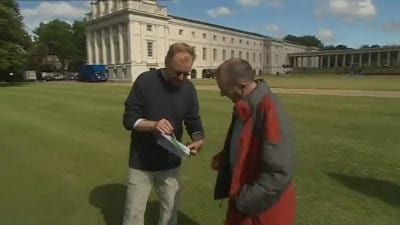 E5
E5Joust Dig It - Greenwich, LondonThe Time Team visit Greenwich Palace, built by Henry VIII father and extensively developed by the greatest of Tudor Kings. The team is looking for evidence of two major buildings, long since demolished to build the famous Greenwich hospital. - Digging Liberty - Merton, London
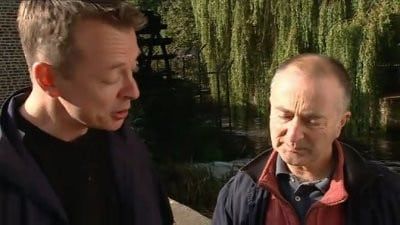 E6
E6Digging Liberty - Merton, LondonTony Robinson and the team are hunting for Liberty's first factory in South London. 'Liberty silks' still evoke images of opulence and beauty, of floating dresses and more leisurely times. But their hunt proves far from leisurely. Day three of the search brings the vital breakthrough – as well as an extraordinary attempt to recreate the 19th-century techniques of dying and printing those wonderful silks. - Death in a Crescent - Bath, Somerset
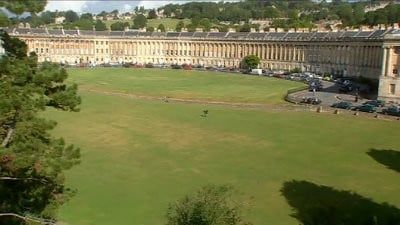 E7
E7Death in a Crescent - Bath, SomersetTime Team visit Bath to investigate parch marks seen in the park lawn of the Royal Crescent, indicating the presence of a large Roman road, possibly local remains of the Fosse Way. They also look behind the Crescent for Roman sarcophagi and wall lines found by builders of the now-gone St. Andrew's Church in the 1870s and noted by an antiquarian at the time. While the road ditches eventually yield Roman burials, the team does not locate any sarcophagi said to have been found there. Whether or not the large road, in fact, is the Fosse Way remains in the end uncertain, with arguments for both sides. - Back to Our Roots - Athelney, Somerset
 E8
E8Back to Our Roots - Athelney, SomersetTime Team revisits Athelney Abbey, the hideaway of Alfred the Great, and also the very first site investigated by the team one hundred programs earlier. Ten years of technological advances in the meantime has significantly enhanced their geophysical survey methods and changes in heritage management attitudes have also given them the permission to dig at the site. Slag and magnetic readings suggest that iron and steel was smelted and worked at Athelney, the latter being a good indication of Anglo-Saxon presence. At the abbey site itself Phil and his diggers uncover several burials. Reenactors show Anglo-Saxon dress and weaponry and their Viking counterparts as the experimental part of the program, while Carenza and Tony make – and burn – traditional Saxon cakes. The archaeologists find a number of objects, a Medieval graveyard associated with Athelney abbey, a metalworking complex, and a substantial defensive ditch dug in the Iron Age, but reused in the time of king Alfred. - Looking for the White House - Kew Gardens, London
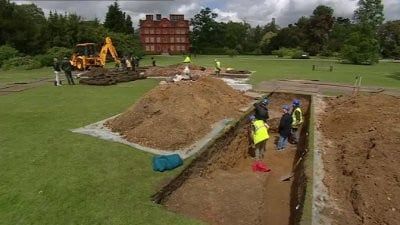 E9
E9Looking for the White House - Kew Gardens, LondonKew Garden home of George III favorite palace, however after 250 years all that remains of this wonderful building is a sundial. The Time team has only three days to survey the remains of the building, and unlock all its buried secrets. But first they have to find the building first - Rescuing the Dead - Leven, Fife
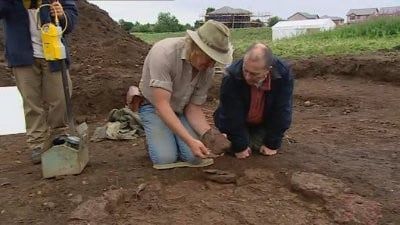 E10
E10Rescuing the Dead - Leven, FifeThe team join in with their expertise and instruments before the site is built on. Bronze age cists mean this is a cemetery. Big stones cover each cist and need lifting. Also acid soil has dissolved most of the skeleton, leaving large bones and skulls. Despite all this, these cists are good examples found in Scotland. - Not a Blot on the Landscape - Castle Howard, Yorkshire
 E11
E11Not a Blot on the Landscape - Castle Howard, YorkshireTime Team travels to Castle Howard to look for the lost village of Henderskelf, which was demolished around 1700 to make way for the new castle constructed on the estate and its formal gardens. But the exact placement of the village is uncertain. The geophysical survey is unable to help much so the team relies on a map from 1694 and visible lumps and bumps. Geophysics produces better results in their search for the lost village church of Henderskelf. Stewart advances their investigation significantly when he discovers a more detailed sketch of the village on the back of another old map from c. 1700 in the Castle Howard archives, but it scales poorly onto a modern map. When this is done, the team realizes that some of their trenches have missed target buildings altogether. Armed with all this evidence, the archaeologists finally get to grips with the elusive Henderskelf – which seems to have been utterly removed between 1700 and 1720 when the new castle was erected. - A View to a Kiln - Sedgefield, County Durham
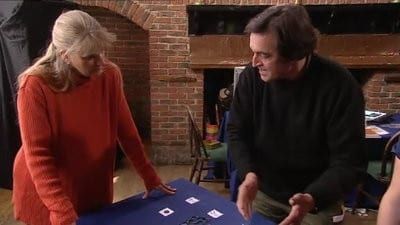 E12
E12A View to a Kiln - Sedgefield, County DurhamRoman finds from Sedgefield prompt Time Team to visit a field and subject it to investigation. Air photographs and geophysical survey show tantalizing signs of activity below the turf, while fieldwalking provides even more finds. However, these finds lead to some confusion, as the archaeology suggests a low-status site with farms or workshops, but the coin finds are of high quality and value. The coins are decided to originally have formed a hoard, presenting certain bureaucratic issues for the metal detectorists who brought Time Team to the site. The experimental part of the program investigates how Roman coins would have been mass produced. In the end, the archaeologists discover a well-preserved pottery kiln in a settlement complex they suspect represent a civilian industrial site supplying the Roman market in Britain – all of which Phil gets to show the local MP, Tony Blair. - Jailhouse Rocks - Appleby-in-Westmorland, Cumbria
 E13
E13Jailhouse Rocks - Appleby-in-Westmorland, CumbriaThe police in Appleby-in-Westmorland, Cumbria, know that their station dates back to the first gaol built on the site in the 1770s. They also know that two subsequent prisons, from the 1820s and the 1870s, also stood on the site. They invite Time Team to see what remains of the former prisons underneath their car park. Trench 1 finds the remains of the room where the 1870s prison's treadwheel was, trench 2 finds the remains of the 1770s cell block, which has its own story to tell. Trench 3 discovers the women's prison of the 1820s (previously prisoners were not segregated by sex), which had an underfloor heating system. One archaeologist volunteers to become a Victorian-era prisoner for 24 hours, put to hard labour breaking rocks, turning a crank handle to no purpose, and moving dirt from one pile to another. Finds include part of a warder's uniform and hobnail boots, and a bar from a prison window. Carenza acts as historian for this episode.

